|
The autumn delicacy in Japan, Kaki (Japanese Persimmon) has been in season for the past month. This fruit can be eaten before it ripens, while its still hard or you can leave it until it gets soft and ripe.
I've added 2 recipes (Kaki Smoothie for ripe ones and Kaki and Mizuna Salad for the crisp ones) in the Grocery Guide Page under Kaki. Please take a look!
0 Comments
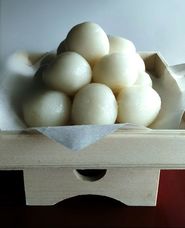 Today is Juyoga (15th night) or Tsukimi (Moon Viewing) to honor the autumn moon. The celebration of the full moon typically takes place on the 15th day of the eighth month of the traditional Japanese calendar. On this day, we decorate susuki (Japanese Pampas Grass) and eat Tsukimi Dango (Moon viewing dumplings) to celebrate this festival. As our country has historically been a agricultural society, this festival was originally celebrated to thank the god by presenting the first harvest of the season while admiring the full moon. You can a easy recipe of my moon viewing dumplings here . For more info on the moon viewing day please visit the Wikipedia It's October already, and the city now is filled with Halloween Decoration. The Halloween has become huge in the recent years and you will see loads of people dressed in costumes in Shibuya on Halloween night I think this has to do with the popularity of SNS here in Japan, where people can easily post what's happening real time.
For me, it's time to make pumpkin pie. If you hadn't checked out my Tofu Pumpkin Pie recipe, please go to my recipe page, and here you will see a very easy to make healthier option of the traditional American pumpkin pie. 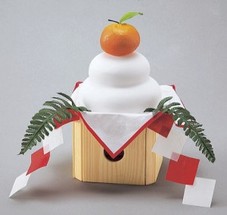 Kagami-mochi Kagami-mochi Kagami Biraki (鏡開き) is a Japanese traditional ceremony which literally translates to "Opening the Mirror" (from an abstinence) or, also, "Breaking of the Mochi." It traditionally falls on January 11 (odd numbers are associated with being good luck in Japan) It refers to the opening of a Kagami mochi, or to the opening of a cask of Sake at a party or ceremony. (from wikipedia) So, today from the mochi that was opened, I made strawberry daifuku. It's very simple. Recipe for Strawberry Daifuku Using Mochi 1. Wrap the strawberry in about a golf ball size anko (red bean paste) - I used matcha bean paste and white bean paste this time. Set aside. 2. Take the mochi, and place it in a microwavable bowl with enough water to cover it and microwave for 2~4 minutes depending on the size of the mochi. Turn it over half way and keep a close eye on it as it will become too soft and melt away in the water. 3. Turn the mochi over in a plate covered with potato starch. Divide the mochi if its too big. Wrap one strawberyy in the mochi. Serve immediately as it will become hard and dry with time. Happy New Year to you all. Last year has been an amazing year with increasing visitors to my cooking class. I had never thought of welcoming so many people in my house! It has been a great experience and I do hope I will be contributing to increasing more Japanese Cooking Fans this year too.
We visited Taiwan for Christmas (and I hope to write about this trip in my blog someday soon) so I hadn't been able to plan in details about the Osechi (New Year's Feast) but managed to prepare a couple of dishes on my own. Each dish symbolizes good fortune and Haruka Masumizu has written a great article on Japan Today explaing it, so if you are interested, please take a look. - Kohaku Namasu (Red & White salad) - Date maki (Sweet Egg Roll) - Kuri Kinton (Mashed Sweet Potato with Chestnuts) - Tazukuri (Candied Baby sardines) - Stewed Kinkan (kumquat) - Tamagoyaki - Roast Beef - Stewed Root Vegetables - Grilled Shrimp The store-bought dishes are Kuromame (sweet black beans), Kamaboko (fish cake), and Kobumaki (Rolled kelp stuffed with salmon) The reason much of the dishes are so sweet is that they are to last for a few days so that we had something to eat when the stores were closed during New Years. Actually I didn't put so much sugar in my osechi, The shrimp has been pan fried in garlic oil instead of boiling it in sugary water and I put cream in the mashed sweet potato instead of the liquid candy. The root vegetables that are tratditionaly stewed in fish broth and soy sauce have been stewed in garlic and tomato for my version. Roast beef is not a typical Osechi dish but it's something my children will prefer. I think the only typical dish missing in my osechi are the Kazunoko (Herring Eggs), which my parent's usually send over. This year they didn't as they thought we would be in Taiwan. The red and white salad has less sugar in the dressing which is nice to eat with a drizzle of olive oil. My regular student Anna Jassem has written an article on Japan Today which includes my recipe for this salad. Konnyaku, also called the devil's tongue is a jelly like food, made from the corm of a konnyaku plant, we call it Konnyaku potato. It's very popular in Japan as it is full of dietary fiber and it cleans our intestines. It also has no calories and it is used in place of noodles (This type of konnyaku is called shirataki)
The konnyaku has a very odd smell which must be removed before cooking, usually by boiling it. But, other day I was watching a TV show which showed a totally new way taking out the smell from konnyaku. By thinly slicing the konnyaku and placing it in ice cold water for 2 hours will remove more smell than from boiling it. Test results showed that if the smell of the konnyaku is 10, by boiling it for 10 minutes, it will go down to 3, but by placing it in ice cold water, it is cut down to 1.7! This is really breaking news! So here is a low-calorie starter using konnaku: Konnyaku Carpaccio Ingredients (serves 2) Konnyaku: 1 block Sesame Oil : 1-2 tsp Naganegi Onions : 8cm or 2-3 Spring Onions. Salt & Pepper 1 . Slice the konnyaku into 3mm thickness and place it in a bowl of ice cold water for 2 hours in the refrigerator. 2. Cut the Naganegi Onions in half (4 cm in length). and slice it thinly length-wise. If you are using spring onions, finely chop it. Drain the Konnyaku and arrange it on a plate. Place the Naganegi Onions, drizzle the sesame oil and sprinkle the salt and pepper. My most popular class of the past month was no doubt gyoza! I've had gyoza class requests every week for the past few weeks. Although not a genuine Japanese cuisine, gyoza has become one of the most popular dishes here in Japan among Japanese and Foreigners alike. My class uses store bought gyoza skins to wrap the filling unlike the Chinese style gyoza which uses homemade skins which are a bit thicker. A typical gyoza in Japan are also pan fried (actually pan-steamed) as opposed to the boiled ones in China. You can get Japanese style gyoza skins in Asian supermarkets overseas in the frozen food section. In my class, we usually make a salad using daikon radish and fried pork gyoza, followed by boiled shrimp gyoza. There is a vegetarian option too. For those of you who have attended my gyoza class and wondered what to do with leftover daikon radish that we used for the salad, or the remaining nira (Chinese chives), please check out my recipes at the OYSHEE RECIPES website or APP for recipes on Stewed Daikon Radish with Minced Pork and Nira Tama (Chinese Chives with Scrambled Eggs)! I've teamed up with Rakuten's Oyshee, a recipe site that you can search recipes for Japanese dishes in English. I will be providing recipes that can be made fast and easy using the ingredients we use in my class. This site can be accessed online or by downloading an APPs for iphone and Android. This website not only lets you search recipes, but has also explains about the Japanese ingredients. So if you haven't visited them, check it out!
OYSHEE Website: http://recipe.rakuten.com/ Last week I had a lesson on Gobo (Japanese Burdock Root). Gobo is a very common vegetable used in many ways in the Japanese Cuisine, but totally alien to foreigners. Many of you must have spotted a tree-root like vegetable in Japanese supermarkets wondering what on earth that is!
There is even a sad history of Gobo during the World War 2 of the Japanese prison guards who, out of good will, fed the foreign prisoners of war gobo roots, which were a valuable source of nutrition during time where there was not enough to eat themselves later were accused for cruelty - serving a tree root to them and subsequently jailed for many years. Unlike it's rustic appearance, the gobo is full of nutrition and is even used for medicine. Please see my Tokyo Grocery Shopping Guide for more information on Gobo as well as a recipe on gobo chips which pairs well with a glass of beer. In class, we made gobo salad, gobo kinpira (stir fry), gobo chips, gobo and maitake mushroom rice, gobo and daikon radish miso soup, and grilled miso marinated cod. 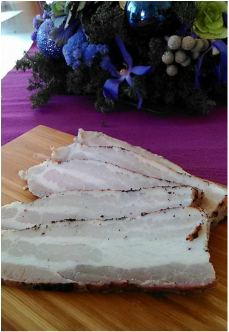 I never liked the taste of Japanese bacon as it isn't so different from ham. And even more dislike the fact that it contains so many ingredients that I have no idea what they are. So if you are keen on eating healthy make your own bacon. Not only is it healthier, it tastes much better and it is so much cheaper! All you need is a block of pork belly, salt, tea leaves and an oven! (If you don't like the smoked flavor, you can omit the tea leaves. ) 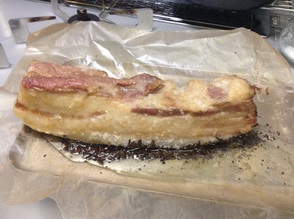 This is what it looks like out of the oven. This is what it looks like out of the oven. Ingredients
Directions
|
AuthorI'm Miyuki and I teach Japanese Home cooking at my home in Tokyo. Archives
February 2021
Categories
All
|
service |
Information |
© COPYRIGHT 2015. ALL RIGHTS RESERVED.
|

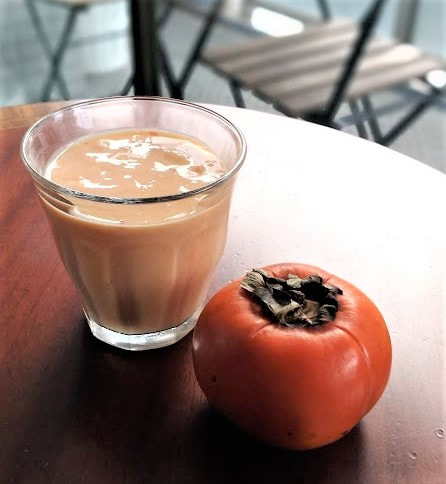
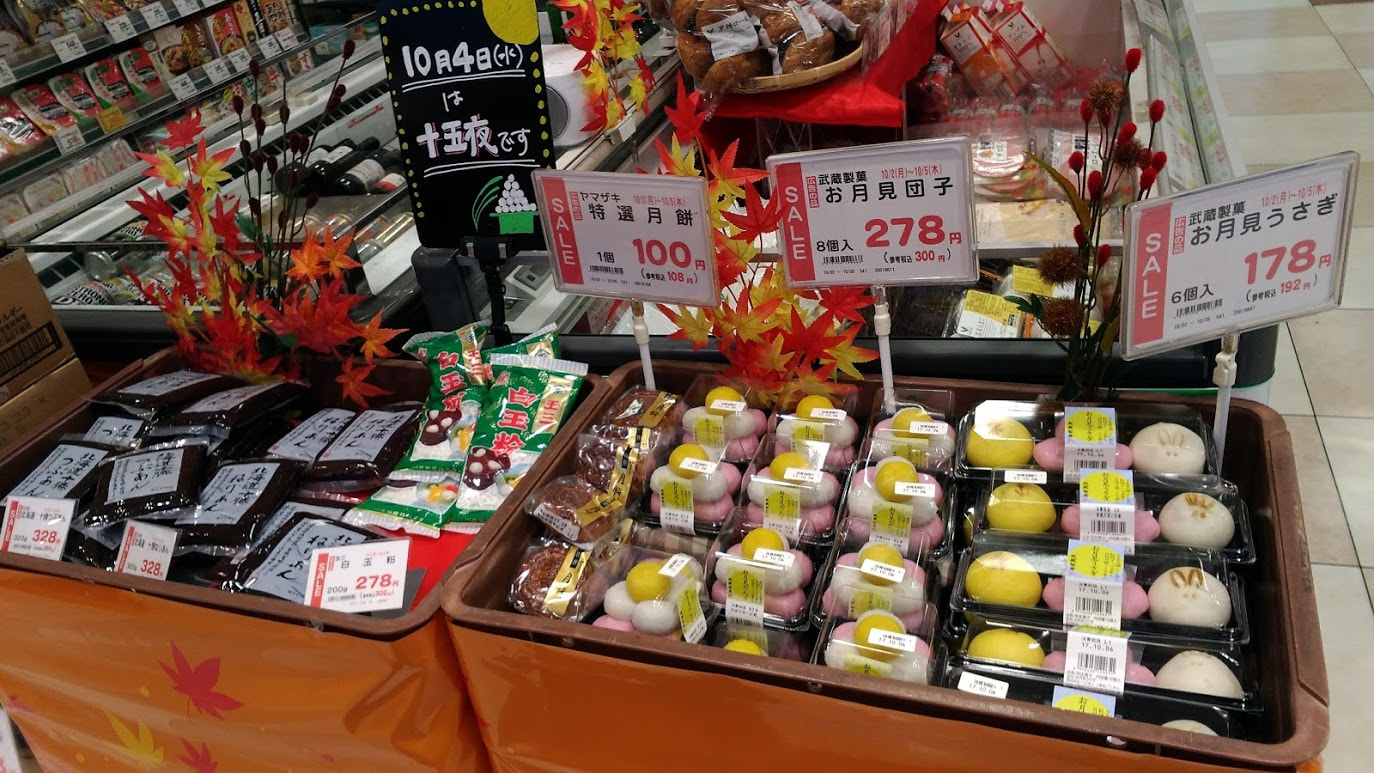
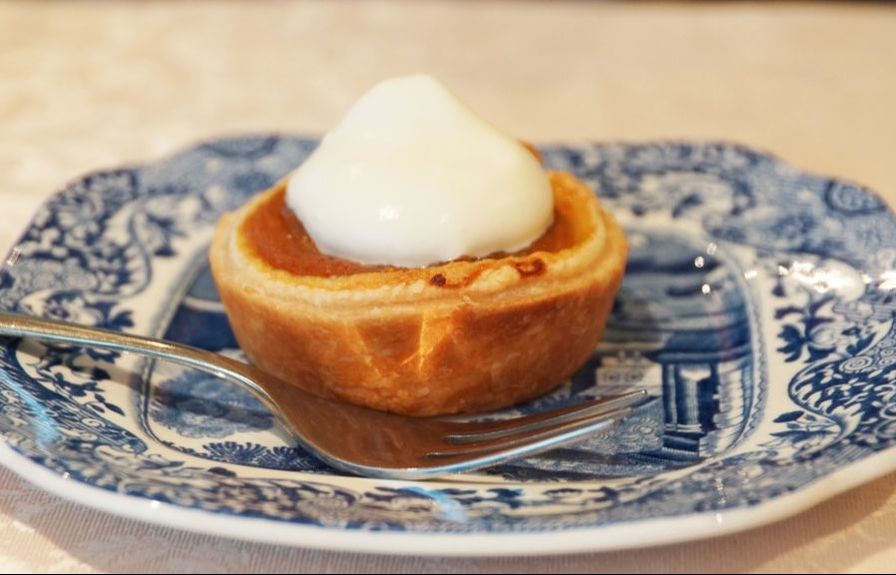
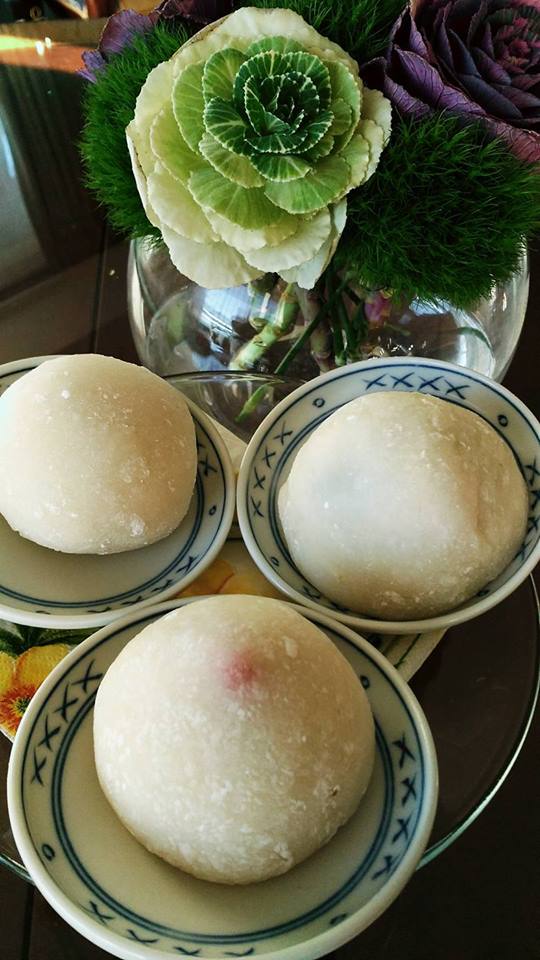
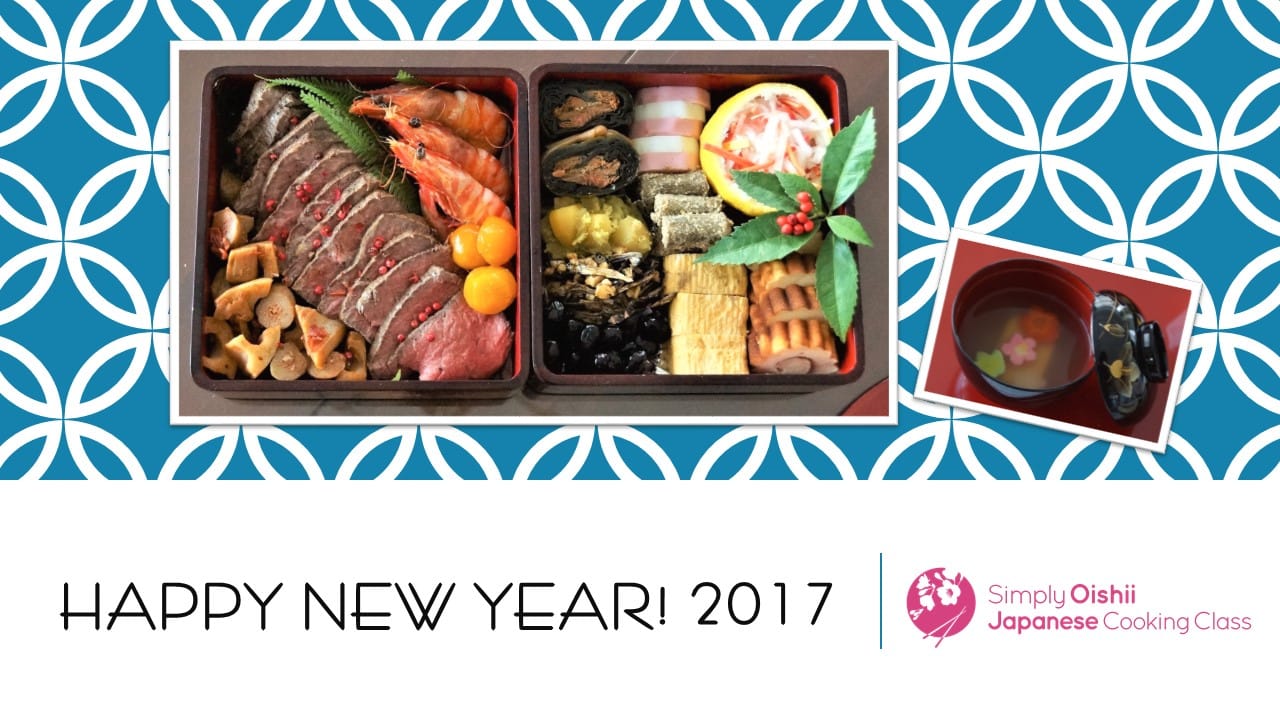
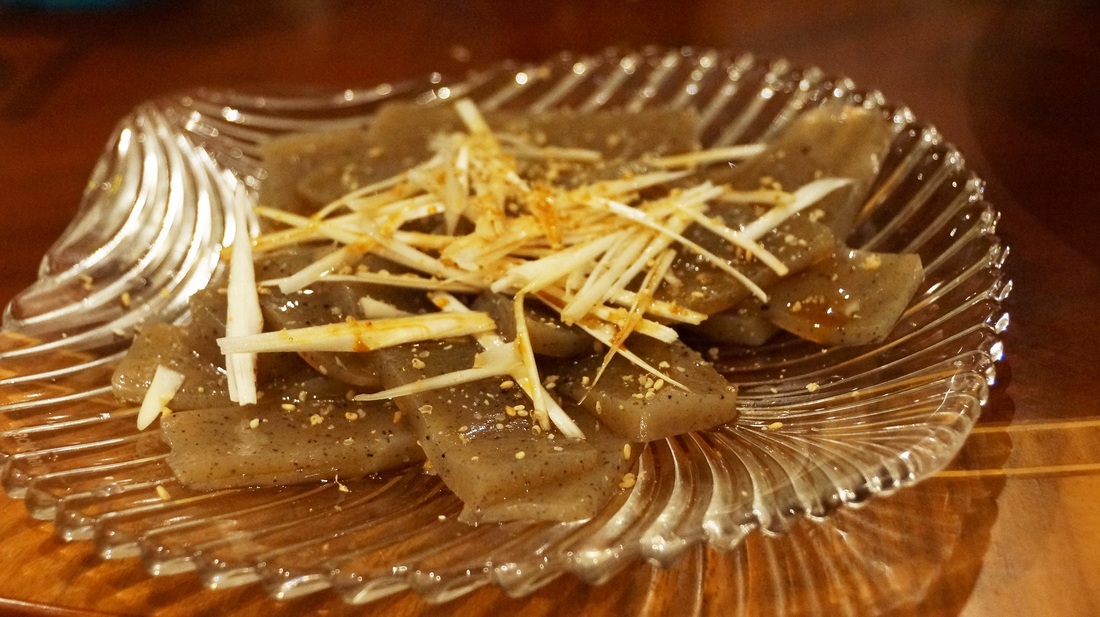

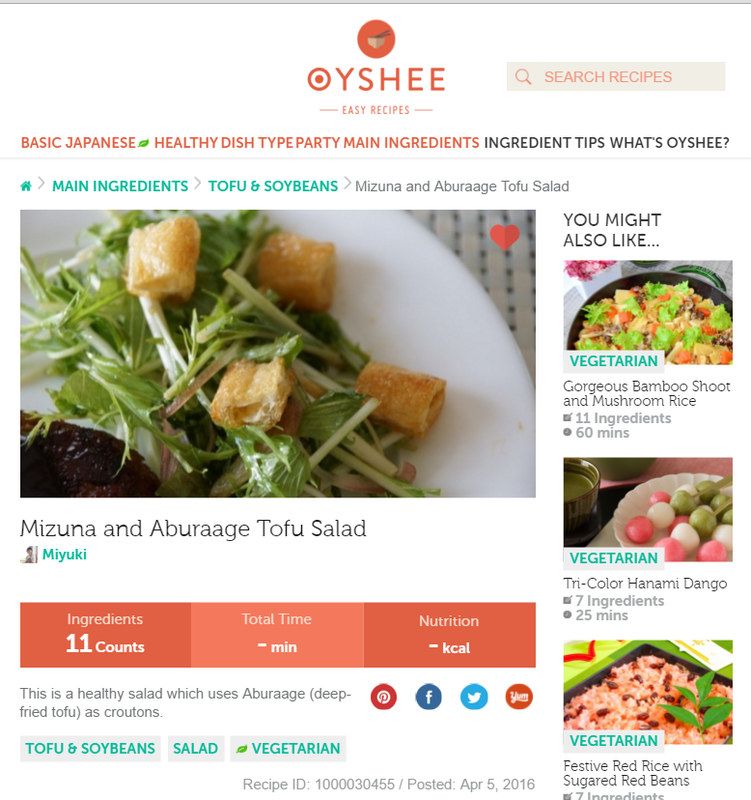
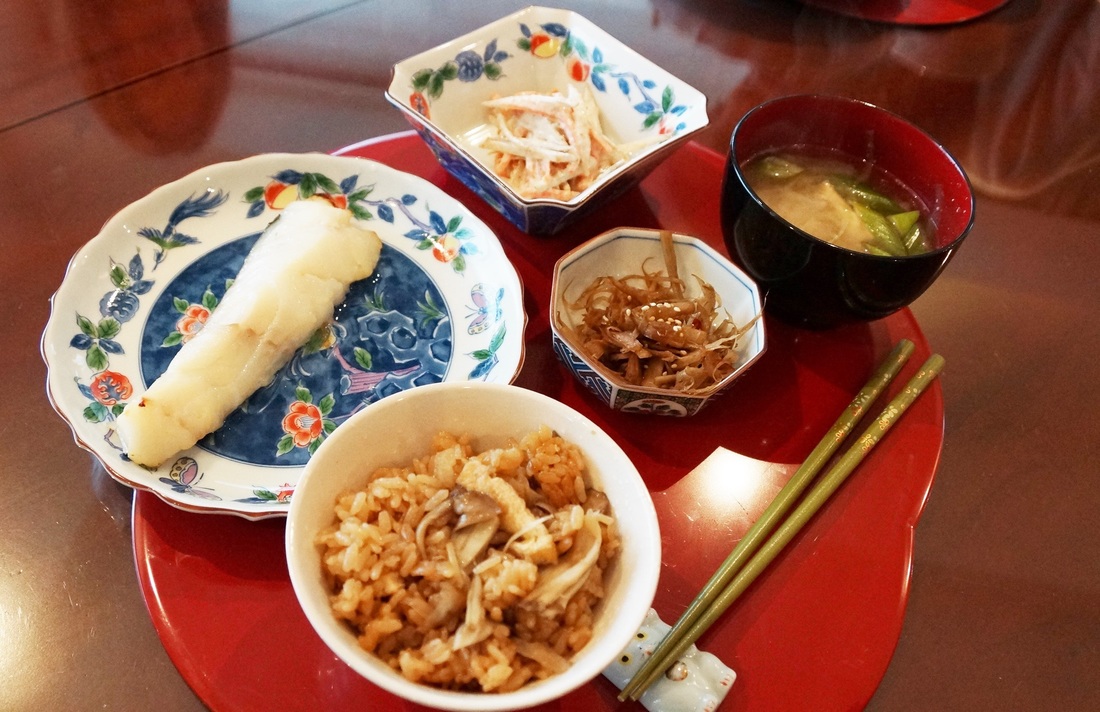

 RSS Feed
RSS Feed
